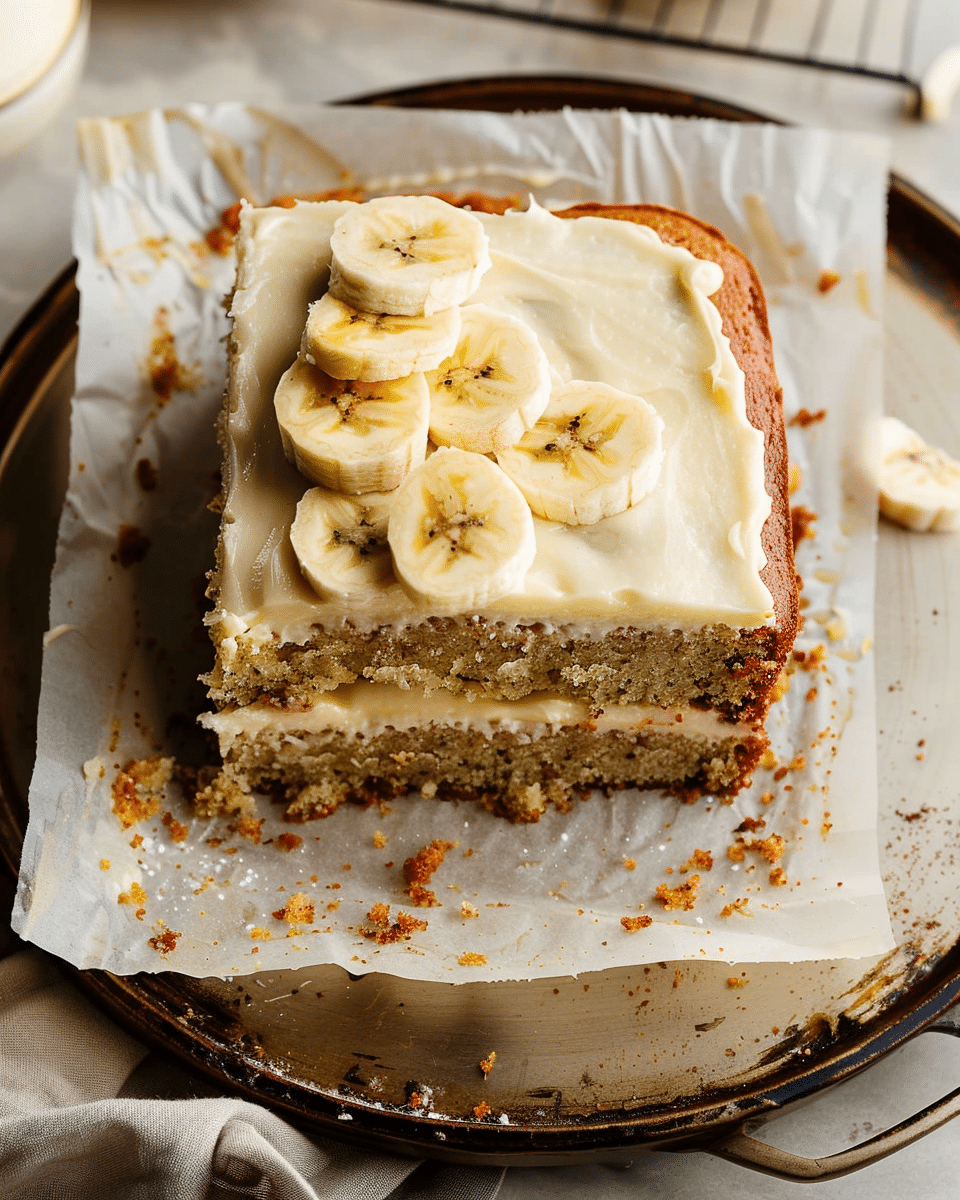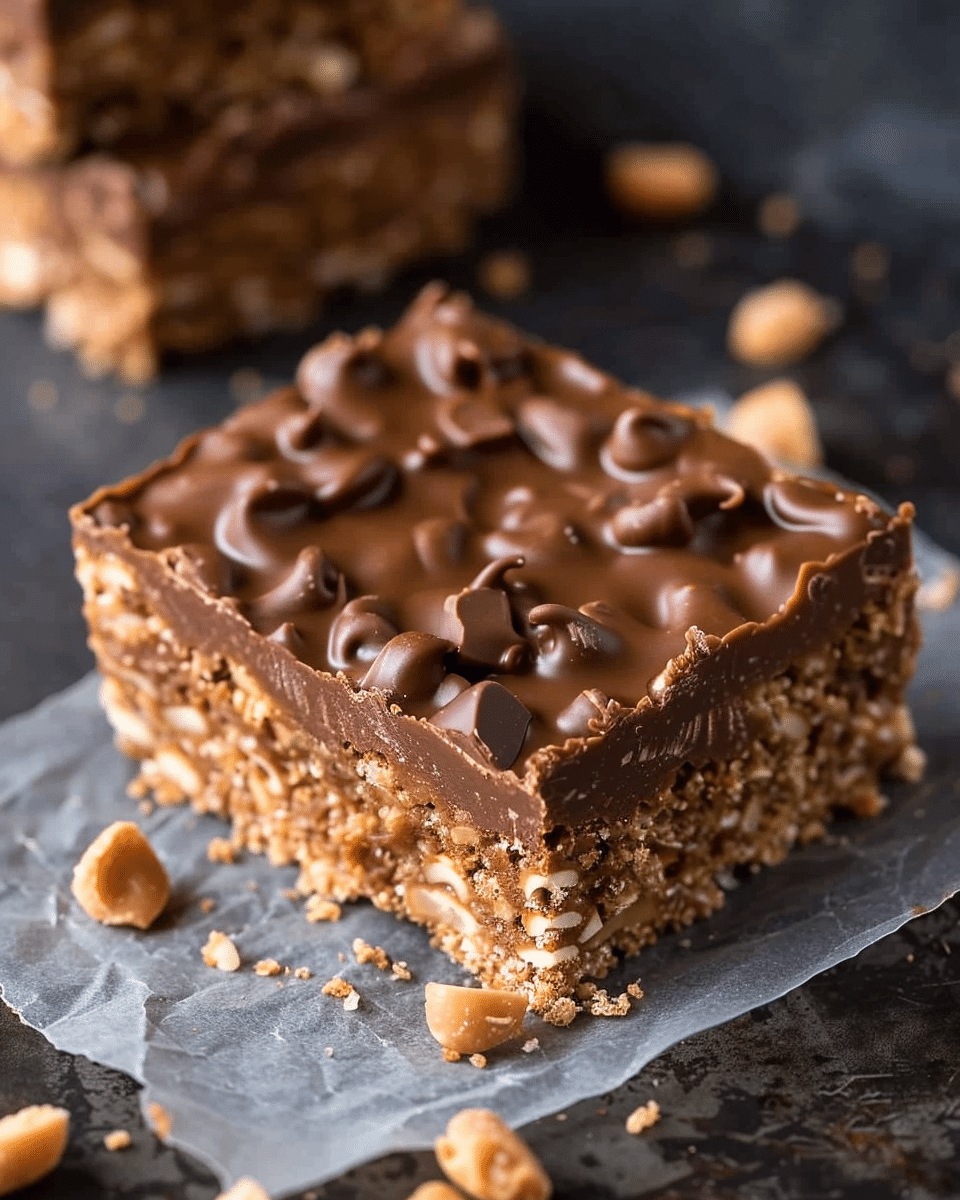Cake is a beloved dessert that is enjoyed all over the world. It is a staple at celebrations, from birthdays to weddings, and is often associated with joy and happiness. But have you ever wondered who made the first cake? The history of cake is a fascinating one and spans thousands of years.
According to historians, the ancient Egyptians are believed to have been the first civilization to bake cakes over 5000 years ago. These cakes were made by mixing honey, nuts, and fruits with barley and baking them into small cakes. They were often used in religious ceremonies and were even offered to the gods as a symbol of gratitude. The Greeks and Romans also made significant contributions to the development of cake, refining techniques and incorporating new ingredients.
Cake has come a long way since its humble beginnings, evolving over time to become the delicious dessert we know and love today. From the traditional fruitcake of the Middle Ages to the modern-day chocolate cake, cake has undergone many transformations throughout history. Understanding the origins of cake can provide insight into the cultural and historical significance of this beloved dessert.
Key Takeaways
- Cake has been enjoyed for thousands of years, with the ancient Egyptians being credited with making the first cake.
- The Greeks and Romans also made significant contributions to the development of cake, refining techniques and incorporating new ingredients.
- Cake has evolved over time, with new ingredients and techniques being introduced to create the delicious desserts we enjoy today.
The Origin of Cake
Cake is a baked dessert that has been enjoyed by people all over the world for centuries. The exact origin of cake is uncertain, but it is believed to have originated with the ancient Egyptians over 5000 years ago. They would mix honey, nuts, and fruits with barley and bake them into small cakes. These cakes were often used in religious ceremonies and were even offered to the gods as a symbol of gratitude.
As trade and exploration expanded, cake baking and consumption spread across different regions. The Greeks and Romans also contributed to the development of cake. The Greeks made a cake called “plakous,” which was made of flour, cheese, honey, and olive oil. The Romans, on the other hand, perfected the practice of adding yeast as a leavening agent to cake. Later, the Italians in the 16th century developed the art of leavening without yeast by adding whipped eggs to batter.
Cake has come a long way since its early beginnings. Today, there are countless varieties of cake, from simple sponge cakes to complex layer cakes. Cake has become a staple dessert for many occasions, from birthdays to weddings to holidays. Its popularity continues to grow, and it remains a beloved dessert around the world. If you’re interested in trying your hand at creating a delightful cake, check out our delectable Coconut Cake Recipe.
Ancient Egyptian Influence
Cake, as we know it today, has a long and fascinating history that dates back to ancient times. The ancient Egyptians were among the first to bake cakes using honey and fruit. These cakes were typically served during religious ceremonies and were thought to symbolize the sweetness of life.
Use of Honey
Honey was an essential ingredient in ancient Egyptian baking. It was used to sweeten cakes and bread, and it was also used as a preservative. The Egyptians believed that honey had healing properties and used it to treat a variety of ailments.
Early Baking Methods
The ancient Egyptians were skilled bakers who used a variety of baking methods to create their cakes and bread. They used clay ovens and heated them with firewood or charcoal. They also used a type of baking stone called a griddle, which was placed over an open fire.
To make their cakes, the Egyptians used a mixture of flour, honey, and fruit. They would then shape the mixture into small cakes and bake them in the oven or on the griddle. These cakes were often decorated with nuts, seeds, and dried fruit.
In conclusion, the ancient Egyptians were pioneers in the art of baking and were among the first to create cakes using honey and fruit. Their early baking methods paved the way for the cakes we enjoy today.
Roman Contribution
The Romans played a significant role in the history of cake making. They are credited with perfecting the use of yeast as a leavening agent in cakes. Yeast helped to create a lighter and softer texture in cakes, making them more palatable. The use of yeast in cakes was a significant advancement in the baking industry.
Introduction of Yeast
The Romans introduced yeast to the baking world, and it soon became a popular leavening agent in cakes. Yeast is a type of fungus that ferments sugar in the dough, producing carbon dioxide gas. This gas gets trapped in the dough, causing it to rise and become light and fluffy.
The use of yeast in cakes was a significant step forward in cake making. It allowed bakers to create cakes that were light, fluffy, and had a pleasing texture. The use of yeast in cakes is still popular today, and many bakers continue to use it in their recipes.
Variations of Cake
The Romans also experimented with different variations of cakes. They added various ingredients to their cakes, such as honey, nuts, and fruits. The addition of these ingredients gave their cakes a unique taste and texture.
The Romans also created different types of cakes, such as the placenta cake, which was made with layers of dough and cheese, and the libum cake, which was made with flour, cheese, and honey. These cakes were often served at banquets and special occasions.
In conclusion, the Romans played a significant role in the history of cake making. They introduced yeast as a leavening agent in cakes and experimented with different variations of cakes. Their contributions to the baking industry have influenced cake making for centuries.
Middle Ages Development
Introduction of Fruit and Spice
During the Middle Ages, cakes continued to evolve and develop. One notable change was the introduction of fruit and spice to cake recipes. The Crusaders brought back exotic spices from the Middle East, which were then incorporated into European baking. These spices, such as cinnamon, nutmeg, and ginger, were used to flavor cakes and other baked goods.
Fruit was also added to cakes during this time. In the 13th century, dried fruits such as raisins, currants, and figs were added to cakes, giving them a sweet and chewy texture. Fruitcakes became a popular choice for celebrations such as weddings and Christmas.
Influence of Crusaders
The Crusaders also brought back new techniques and ingredients from the Middle East, which had a significant impact on European baking. One notable technique was the use of sugar as a sweetener. Sugar was a luxury item during the Middle Ages, and its use in baking was reserved for the wealthy. However, as sugar became more widely available, it became a common ingredient in cakes and other baked goods.
The Crusaders also introduced new ingredients, such as almonds and pistachios, which were used to decorate cakes and add texture. Marzipan, a sweet almond paste, was also introduced during this time and became a popular ingredient in cakes and other desserts.
Overall, the Middle Ages saw significant developments in cake baking, with the introduction of fruit, spice, and new techniques and ingredients from the Middle East. These developments laid the foundation for the cakes we enjoy today.
Modern Cake Evolution
Invention of Baking Powder
The invention of baking powder in the mid-19th century revolutionized cake baking. Before that, cakes were leavened with yeast, eggs, or by beating air into the batter. However, these methods were unreliable and time-consuming. The introduction of baking powder made cake baking easier and more consistent. It is a combination of baking soda, cream of tartar, and a moisture-absorbing starch. When mixed with liquid, it releases carbon dioxide gas, which causes the cake to rise.
Industrial Revolution Impact
The Industrial Revolution brought significant changes to the cake industry. The mass production of flour, sugar, and other ingredients made them more affordable and accessible to the general public. The invention of the oven thermometer and the electric mixer made cake baking more precise and efficient. These advancements allowed for the creation of a wider variety of cakes, such as layer cakes, sponge cakes, and chiffon cakes.
Moreover, the Industrial Revolution also brought about the rise of cake decorating. The invention of food coloring, piping bags, and other cake decorating tools allowed bakers to create intricate designs and patterns on their cakes. This led to the development of cake decorating as a profession and the creation of elaborate wedding and celebration cakes.
In summary, the invention of baking powder and the impact of the Industrial Revolution transformed cake baking from a time-consuming and unreliable process to a more efficient and accessible one. These advancements allowed for the creation of a wider variety of cakes and the rise of cake decorating as a profession.
FAQs
Is cake a dessert?
Yes, cake is commonly considered a dessert. It is a sweet, baked confection typically enjoyed after a meal or on special occasions. Cakes come in various flavors and types, making them a popular choice for celebrating birthdays, weddings, and other events.
Who invented baking?
Baking, as a cooking technique, has a long and complex history that dates back thousands of years. It is difficult to attribute its invention to a single individual or culture. Baking likely originated when early humans discovered that mixing ground grains with water and exposing the mixture to heat created a form of bread. Over time, this process evolved, leading to the development of various baked goods, including cakes, pastries, and bread.
Who invented cake pops?
Cake pops are believed to have been popularized in the early 2000s, but their invention is often attributed to Angie Dudley, also known as Bakerella. She published a book titled “Cake Pops: Tips, Tricks, and Recipes for More Than 40 Irresistible Mini Treats” in 2010, which played a significant role in popularizing this fun and bite-sized dessert. Cake pops are essentially crumbled cake mixed with frosting, formed into small balls, placed on sticks, and coated with a candy shell.
Who invented birthday cake?
Birthday cake traditions have been around for centuries, but the modern concept of a birthday cake with candles can be traced back to the ancient Greeks. They would bake round honey cakes as offerings to the goddess Artemis, and they often placed candles on top to symbolize the moon’s glow. The idea of making a birthday cake with candles for individuals on their birthdays likely evolved over time, becoming a widespread tradition in many cultures. There is no single inventor of the birthday cake, as it developed organically through cultural and historical influences.
Conclusion
Cake has been a beloved dessert for centuries, enjoyed by people all over the world. While the exact origins of cake are uncertain, evidence suggests that the ancient Egyptians were among the first to bake cakes using honey and fruit during religious ceremonies.
Over time, cakes have evolved to include a wide variety of ingredients and flavors. Today, there are countless types of cakes, from classic vanilla and chocolate to more exotic flavors like matcha and lavender.
One thing is for sure, though: cake will continue to be a popular dessert for years to come. Whether enjoyed at a birthday party, wedding, or any other special occasion, cake is a delicious treat that brings people together.
In conclusion, the history of cake is fascinating and complex, with many different cultures contributing to its development over time. While we may never know exactly who made the first cake, we can certainly appreciate the delicious dessert that has become a staple in our lives.








